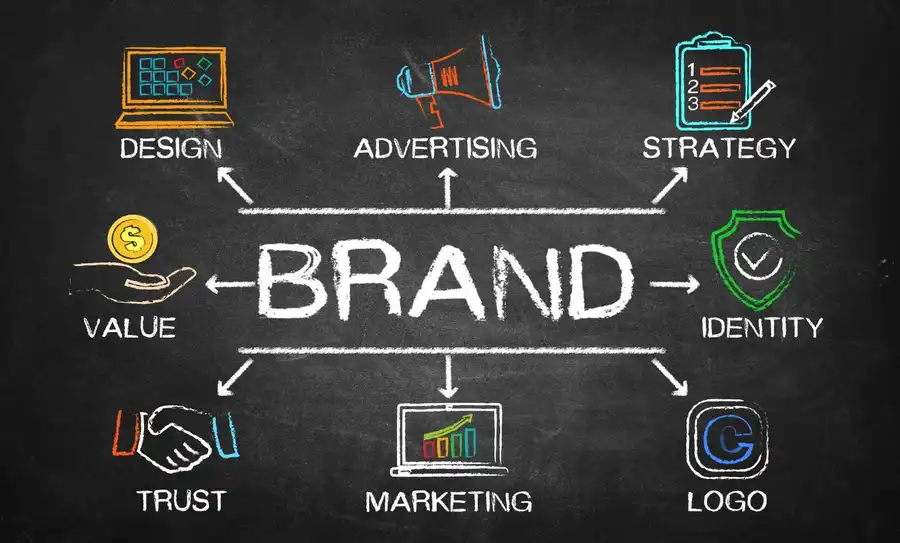In this guide, we will delve into the complexity of identifying and connecting with your target audience.
What is Target Audience?
Before we dive into the methods of finding your target audience, let’s clarify what it means. Your target audience, also known as your target market, is a specific group of people who may be interested in your products or services. These individuals share common characteristics, interests, and needs, making them the ideal candidates for your offerings.
For example, if you’re in the business of selling premium analog wristwatches, your target audience might be watch enthusiasts/collectors with a preference for premium, luxury wristwatches. By focusing your marketing efforts on this specific group, you can maximize the impact of your campaigns and efficiently allocate resources.
Audience Segmentation
It is the process of dividing a broader target audience into smaller, more homogenous groups based on shared characteristics and behaviors.
These characteristics can include:
- Demographics: Age, gender, location
- Psychographics: Interests, values, lifestyles
- Behaviors: Purchase history, online activity
The goal of audience segmentation is to create distinct customer profiles that allow businesses to tailor their marketing strategies and messages to better resonate with each group.
By understanding the unique needs and preferences of each segment, businesses can improve the effectiveness of their marketing efforts and provide more personalized experiences, ultimately driving engagement and conversions.
How to Find Your Target Audience
Now that we understand the importance of identifying your target audience, let’s explore how to find them effectively.
Conduct Analysis
Market research is the foundation for understanding your target audience. Start by analyzing your industry, competitors, and current market trends. This research will help you identify gaps in the market, unmet needs, and emerging opportunities.
Techniques such as surveys, interviews, and online forums can provide invaluable insights into what your potential customers are looking for.
Analyze Your Current Customers
If you already have a customer base, examine their demographics, behaviors, and preferences.
You can use customer relationship management (CRM) software to gather and analyze data. This information is gold for shaping your target audience profile and refining your marketing strategies.
Create Buyer Personas
Buyer personas are detailed, semi-fictional representations of your ideal customers. These personas include demographic information, behavior patterns, motivations, and goals.
By developing buyer personas, you can visualize and better understand your target audience, making it easier to create relevant content and messaging.
Utilize Tools
Online analytics tools can provide essential data about your website visitors and their behavior.
Google Analytics can offer insights into user demographics, interests, and online behaviors. These details can help you tailor your online content and advertising strategies.
Survey Your Audience
Directly engaging with your audience through surveys can yield valuable information. Ask them about their needs, preferences, and challenges. Use platforms such as SurveyMonkey or email surveys to collect data. Incentivize participation with discounts or free resources to boost response rates.
Networking Insights
Social media platforms offer a wealth of information about your audience. Explore the demographics and interests of your followers. Monitor engagement metrics to understand what content resonates with your audience the most. This data can guide your content creation and posting schedules.
Competitive Analysis
Examine your competitors’ target audiences. What type of content are they creating, and who is engaging with it?
While you don’t want to mimic their approach, studying their successes and failures can provide insights into shared audience characteristics.
Keyword Research
Tools such as Google Keyword Planner or SEMrush can help you discover what topics and phrases are relevant to your industry. These keywords can be used in your content to attract organic search traffic from your target audience.
Monitor Online Groups
Participating in online forums and groups relevant to your industry can provide direct insights into the challenges and concerns of your target audience.
Engage in discussions, answer questions, and listen to their conversations to understand their pain points and interests.
Hire Experts
If you find it challenging to conduct market research or interpret the data, consider hiring a market research firm or a marketing consultant. These professionals have the expertise and tools to delve deep into your target audience’s psyche.
What is Audience Profiling?
It is the process of creating detailed and comprehensive descriptions of a target audience or customer segment. It involves gathering data and insights on various aspects, including demographics, psychographics, behaviors, preferences, challenges, and goals.
The goal is to understand the audience at a deeper level, enabling businesses to tailor their marketing strategies and meet the needs of this specific group.
Audience profiling is a fundamental component of successful marketing and business strategies.
Why Finding Your Target Audience Matters
Identifying your target audience is a critical component of your business strategy. Here’s why it matters:
Efficient Resource Allocation:
Knowing your target audience allows you to direct your marketing budget and efforts where they will yield the best results. This efficiency can significantly impact your return on investment.
Relevant Messaging:
Tailoring your messaging to your target audience’s preferences and pain points enhances engagement and resonates more deeply with potential customers.
Competitive Advantage:
A clear understanding of your target audience enables you to differentiate your business and stand out in a crowded marketplace.
Improved Product Development:
Knowing your audience’s needs and desires can drive product or service improvements and innovations that cater to their specific requirements.
Higher Conversion Rates:
Targeted marketing efforts are more likely to convert leads into customers, resulting in improved sales and revenue.
Conclusion
Finding your target audience is an ongoing process. Markets change, customer preferences evolve, and new opportunities arise. Regularly revisit your target audience profiles and adapt your strategies accordingly.
By staying attuned to your audience’s needs and aspirations, you can build stronger relationships, boost your business’s growth, and ensure your marketing efforts remain relevant and effective.
This Blog was Last Updated on 2 months by Siliveru Rakesh











